Drones have become increasingly more popular among outdoor recreationalists, especially with hikers and backpackers. Drones have countless uses in the backcountry including search and rescue, mapping out difficult to reach areas, tracking animals, educating outdoor recreationalists and of course creating some pretty unique photos and videos. Chances are, if you ask one of your hiking buddies about their feelings towards drones, they will have a pretty strong feeling. Countless times, I have heard hikers say “they are too loud,” “they should be banned everywhere,” or “the buzzing sound will scare other hikers and animals.” The point of this blog is not to get into a pissing match over various opinions around drones, but rather educate those who wish to fly on how to responsibly fly a drone while hiking. Just like you research weather, terrain, conditions, and other logistics before a hike – those wishing to fly a drone will need to do some research before flying their unmanned aircraft.

United States Federal Flying Guidelines
Most UAV flying guidelines are managed by either federal, state or local governments. Anytime you ask the government to regulate a new technology, chances are they are going to move very slow and there will be lots of gray areas, flying a drone is no different. Hell, even the definition of flying can be clear as mud. “Not allowed to take off or land within ‘x’ area.” However, let’s start with some easy regulations that the US Government has outlined.
No Fly Zones:
- Stadiums and Sporting Events
- Near Airports
- Security Sensitive Airspace Restrictions
- Restricted or Special Use Airspace
- Washington, DC
General Rules
- Always maintain visual line of sight or use a third party to maintain sight of the drone while flying.
- Fly at or below 400 ft once you take off.
- Ensure your drone is registered with the FAA.
- Avoid flying around crowds when possible (campgrounds, popular trailheads, visitor’s centers etc.)
On a federal level with recreational spots, there are two easy rules to follow: you are never allowed to launch or land a drone within a National Park or Wilderness Area. National Parks are easy enough to find, but Wilderness Areas are a little more tricky to research. I always use this site to research an area I plan on hiking beforehand. However, there are some areas like Wilderness Study Areas that are not included on this map but also illegal to fly within.
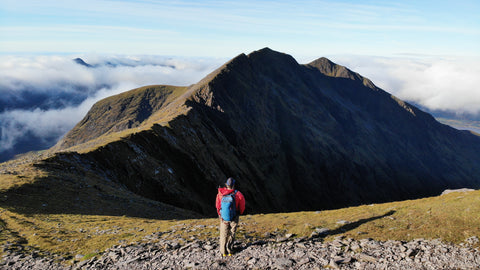
State and Local Flying Guidelines
On a state-level things get even more complicated. For example, Colorado State Parks do not allow drones to fly at any time. Utah however, is a bit less strict; while most State Parks do not allow flying, some do. If you are unsure, it's always best to just ask a park ranger or research the specific park website beforehand.
Recreating outside of these federal and state recreational areas the water really gets murky. In Colorado, cities like Colorado Springs have publicly available Drone rules and regulations. I have pulled up to countless hikes across the country where the trailhead has information about flying one way or the other. However, I have been to an equal amount with no information listed. In order to responsibly fly a drone – my recommendation would be to do as much research beforehand that you can and if in doubt – just follow the standard government regulated rules.

Flying Internationally
Internationally traveling with a drone is one of the most tricky parts of responsibly flying a drone while hiking. Every single country varies with their laws – some very clear, others completely unknown. On a recent trip to Italy, there was a process to register a UAV but it was not super helpful and extremely unclear at times. In some countries, specifically those in Europe, there are weight restrictions around hobbyist drones. Most drones manufactures are aware of these so purchasing a drone in a foreign country is usually straightforward but bringing one in from another country, not so much. I would highly encourage anyone who plans to fly in a different country to follow the same research as above and when in doubt, don’t fly.

Summary
Whenever I am flying a drone legally, I always play it EXTREMELY conversative when it comes to flying around other people and especially wildlife. Even though I love to fly my drone while hiking, it gives me such high anxiety and puts a lot of pressure on every hike I try to film on. I always want to be respectful of others, but also realize that sometimes people are just not going to like you. However, the more that drone recreationalists can abide by the guidelines that are currently set – the less red tape there will be in the future around recreationally flying.
Also, I have to note this because it has happened to me a handful of times: if you are one of those people who do not like drones, that is completely fine. Your opinion is valid and you have every right to feel the way you do. However, opinions are not facts. If you encounter someone legally flying and you do not like them, just move on. There is no need to treat someone with disrespect because your opinions differ. Hopefully, with time, drone recreationalists and outdoor enthusiasts can learn to coexist in our beautiful public lands across the world so everyone can enjoy our beautiful planet.

Additional Resources:
- US Federal Guidelines
- Wilderness Area Guidelines
- US National Park Drone Guidelines
- International Drone Guidelines
- Map of Wilderness Areas in United States
Note: It has been brought to our attention that recreational flyers must also past the TRUST test, an online certification test. Also, if you want to be compensated for your footage you must be FAA Part 107 certified. More info can be found here.


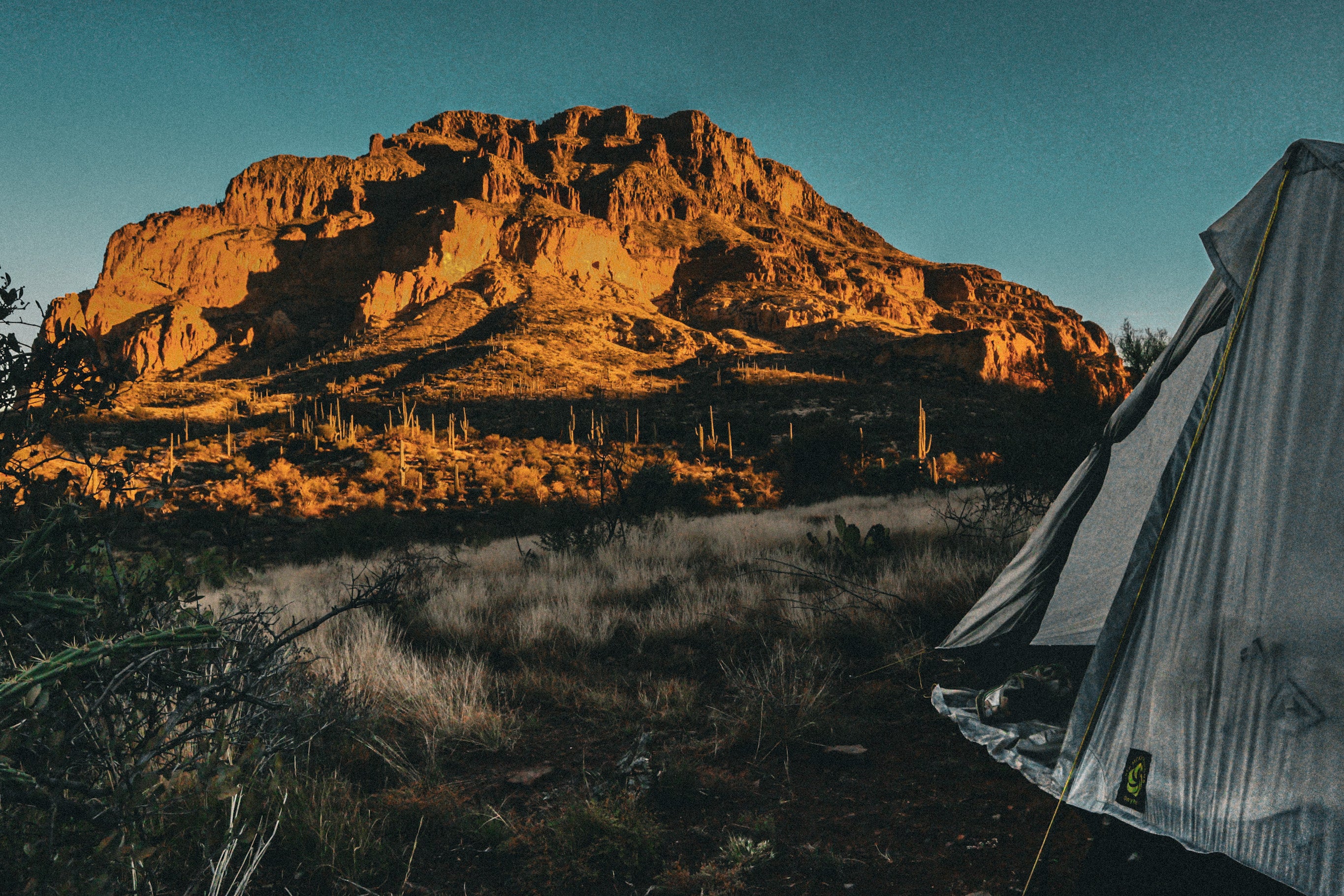
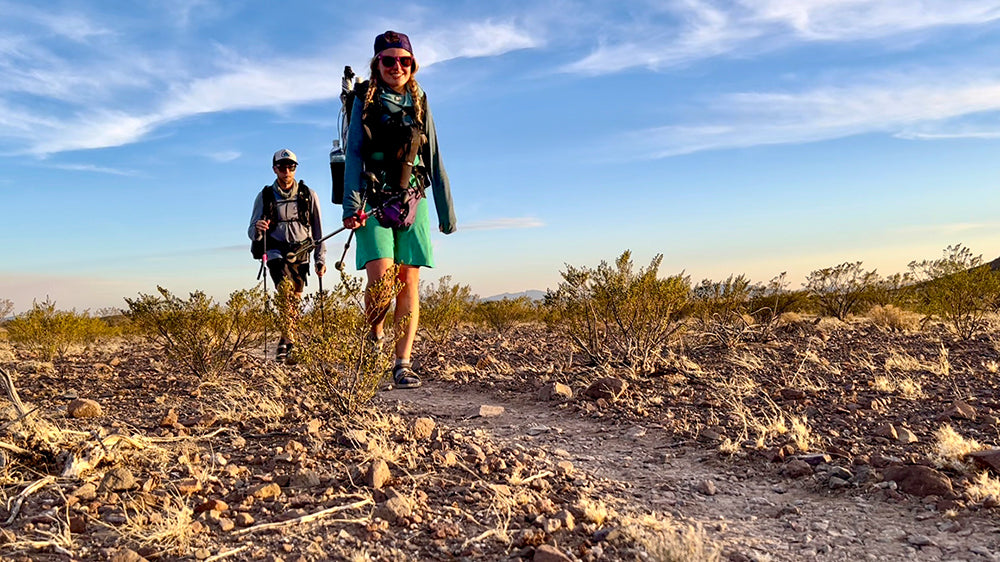
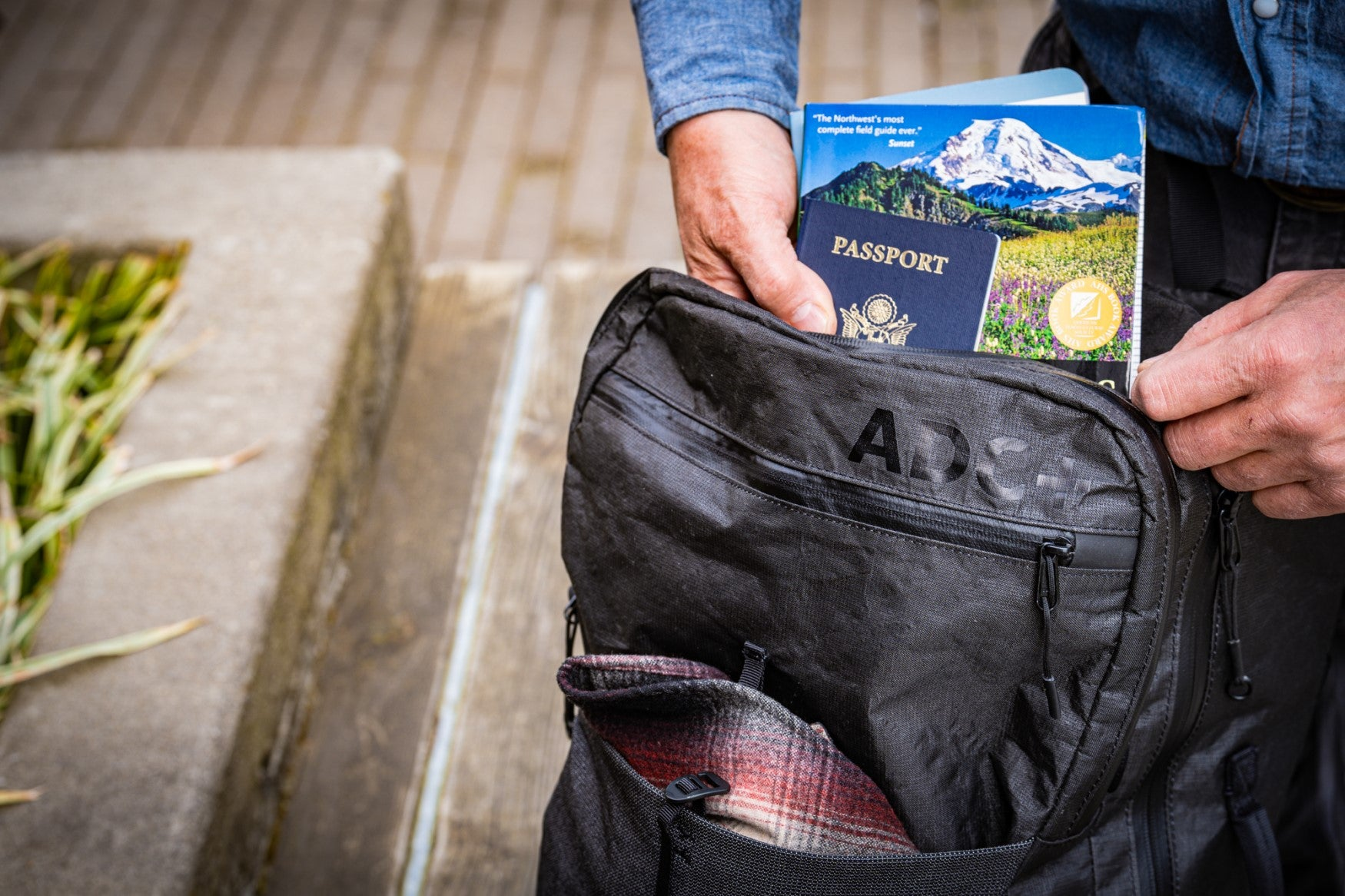
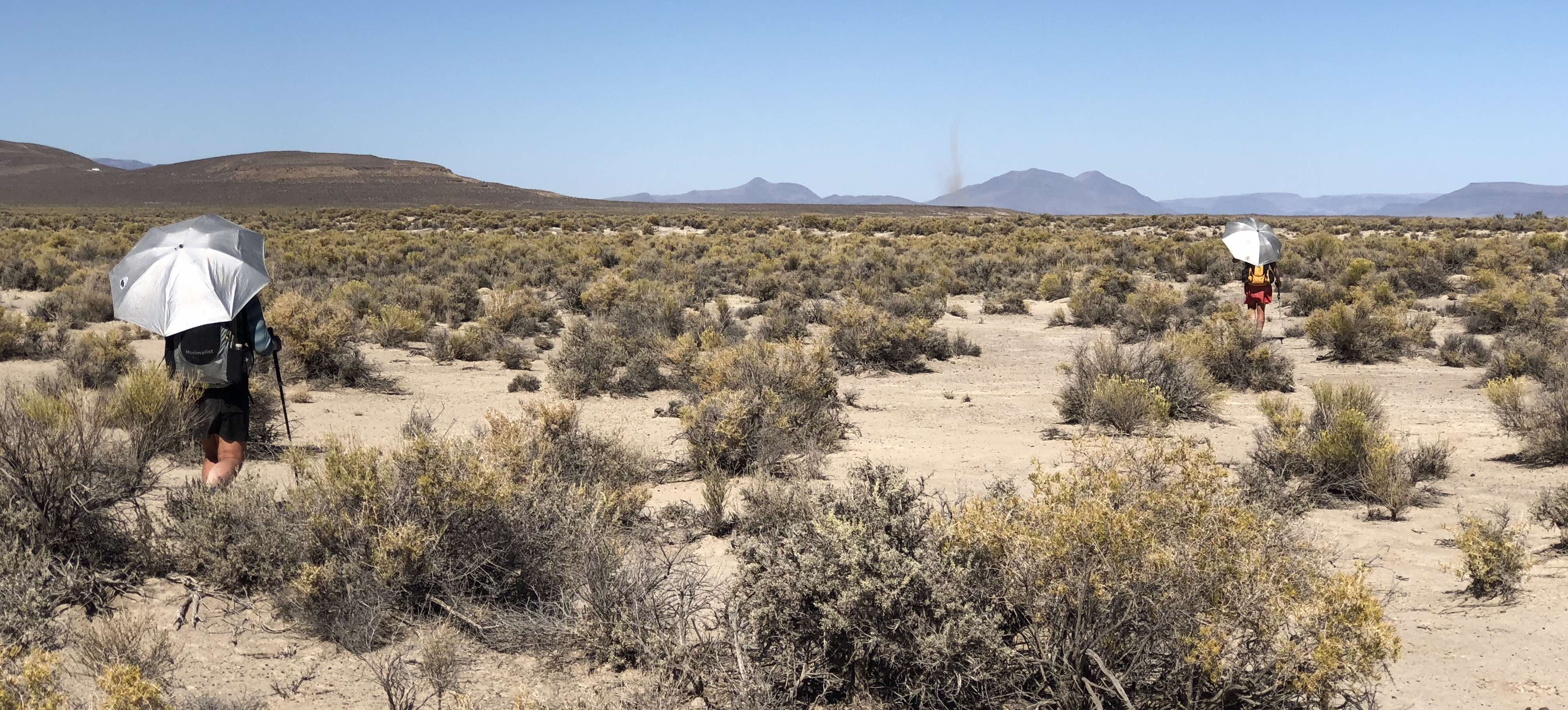
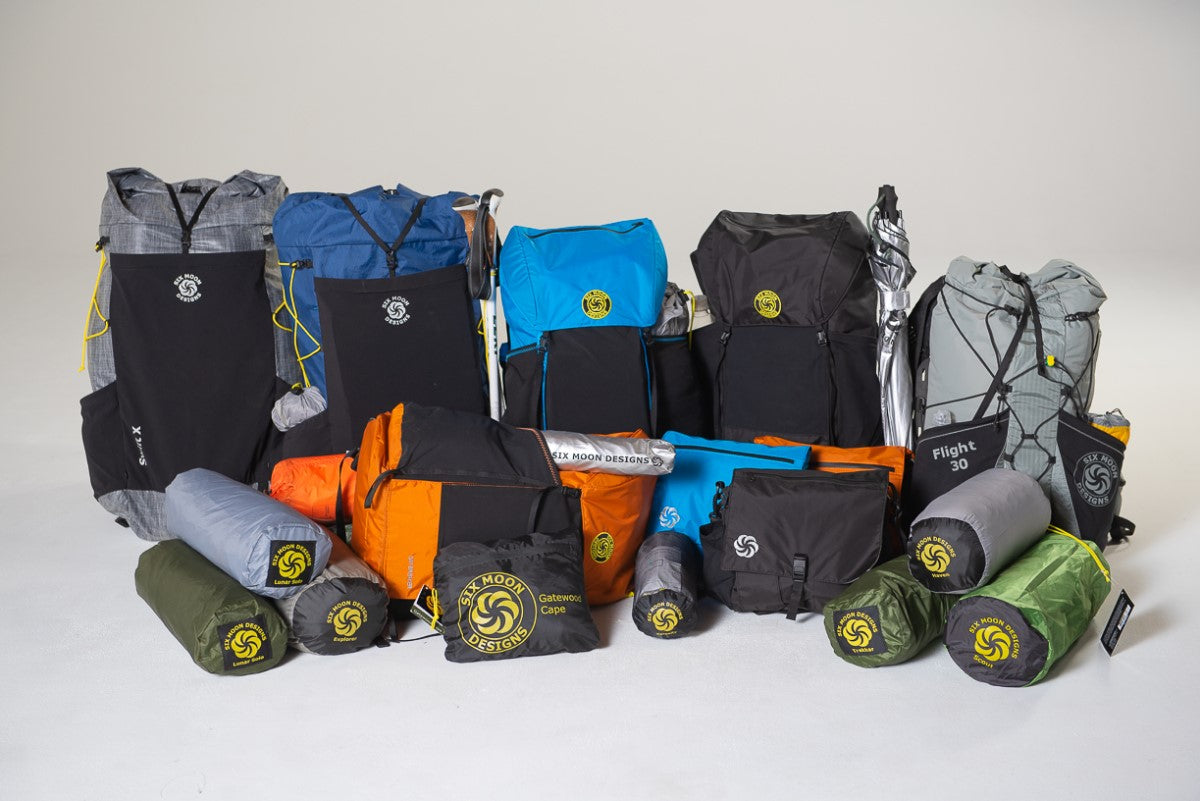
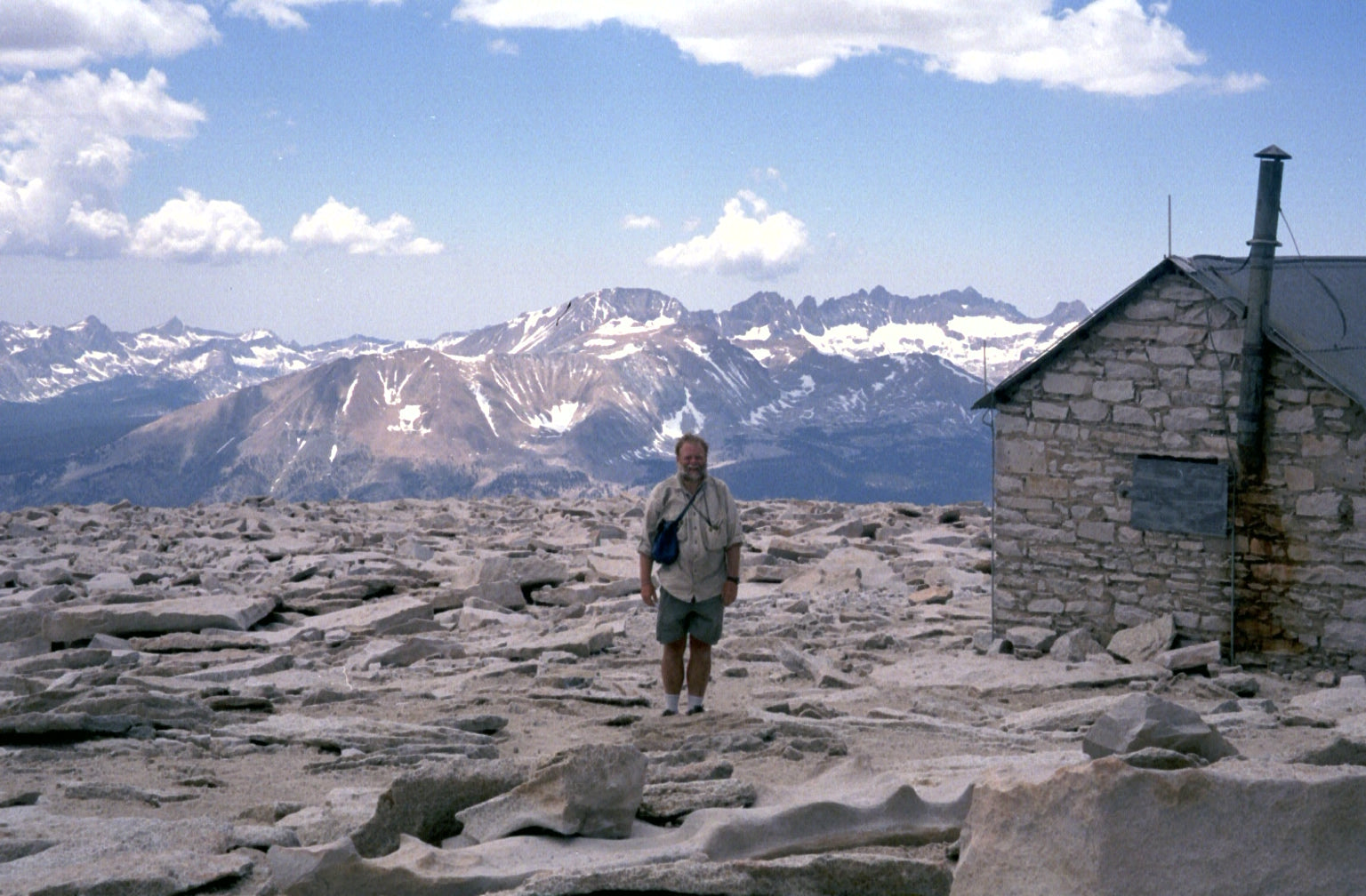

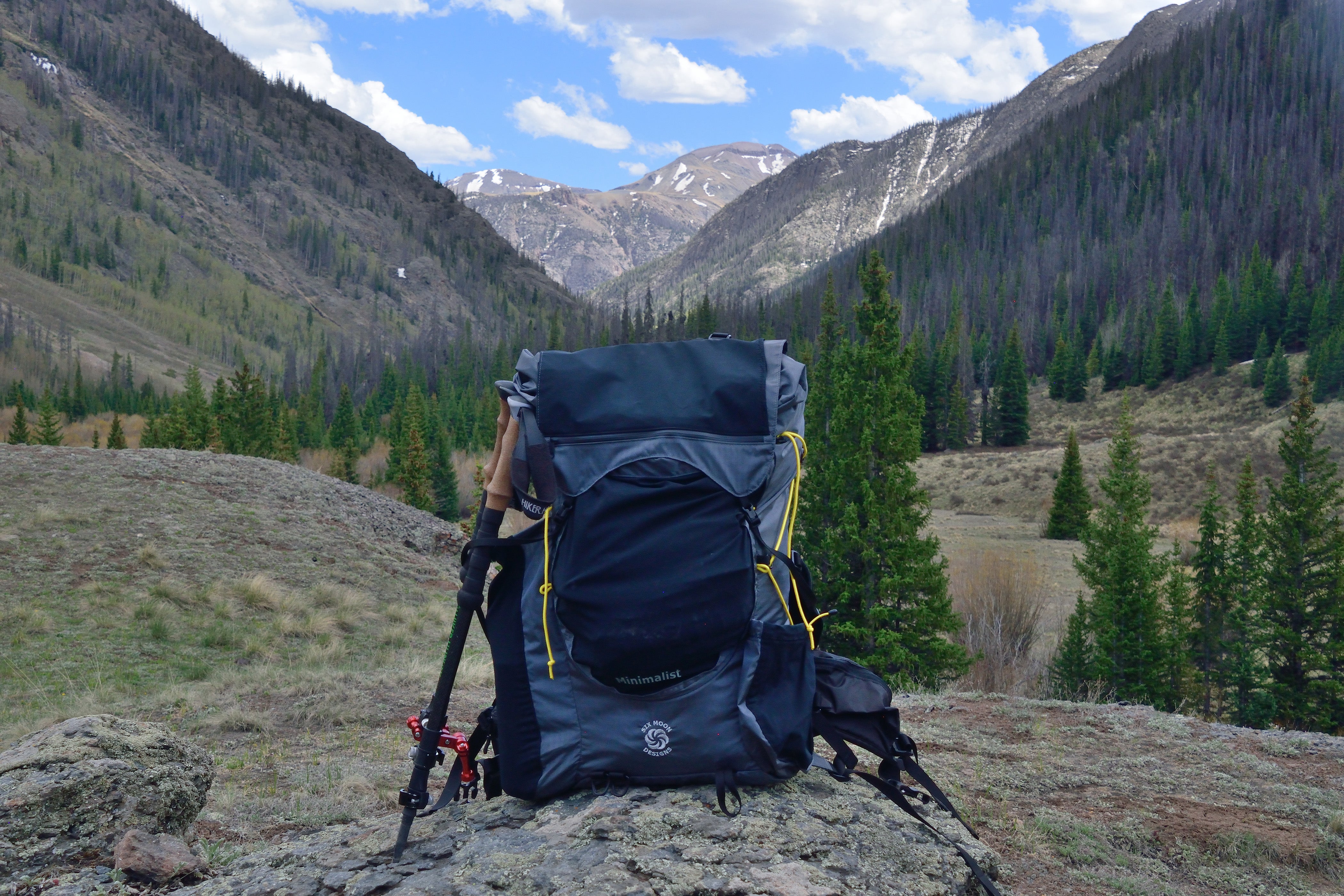
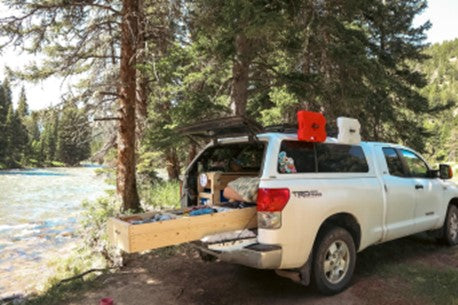
Leave a comment
This site is protected by hCaptcha and the hCaptcha Privacy Policy and Terms of Service apply.